Skiing! Choosing the right equipment
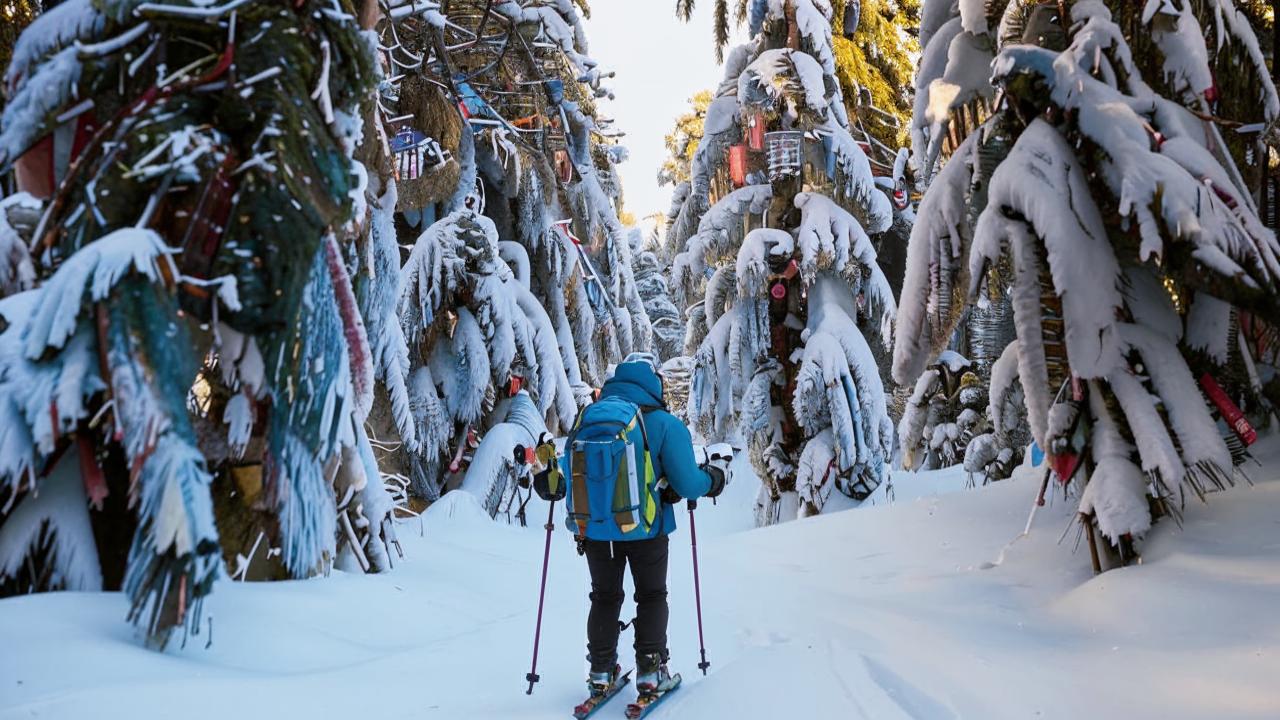
We tell you how to determine the ideal length and stiffness of cross-country skis.
As soon as the snow fell, many people rushed outdoors with skis and ski poles. Already now in the forests and some parks you can notice a laid track – the frost is no obstacle for winter sports fans. If you have long wanted to take up skiing, it’s time to decide! A few tips will help you choose the right equipment.
Choose your skiing style
First of all, you need to decide on your skiing technique. There are two basic styles: classic ir skate. In the first case, the skis slide parallel to each other – northern peoples have used this method since antiquity. One of the varieties of the classic stroke is doublepoling: the skier rides along the track and pushes off only with his hands, i.e. the main load is on them, abs and back muscles. This technique is considered to be easier to master. In addition, it does not require a wide prepared track.
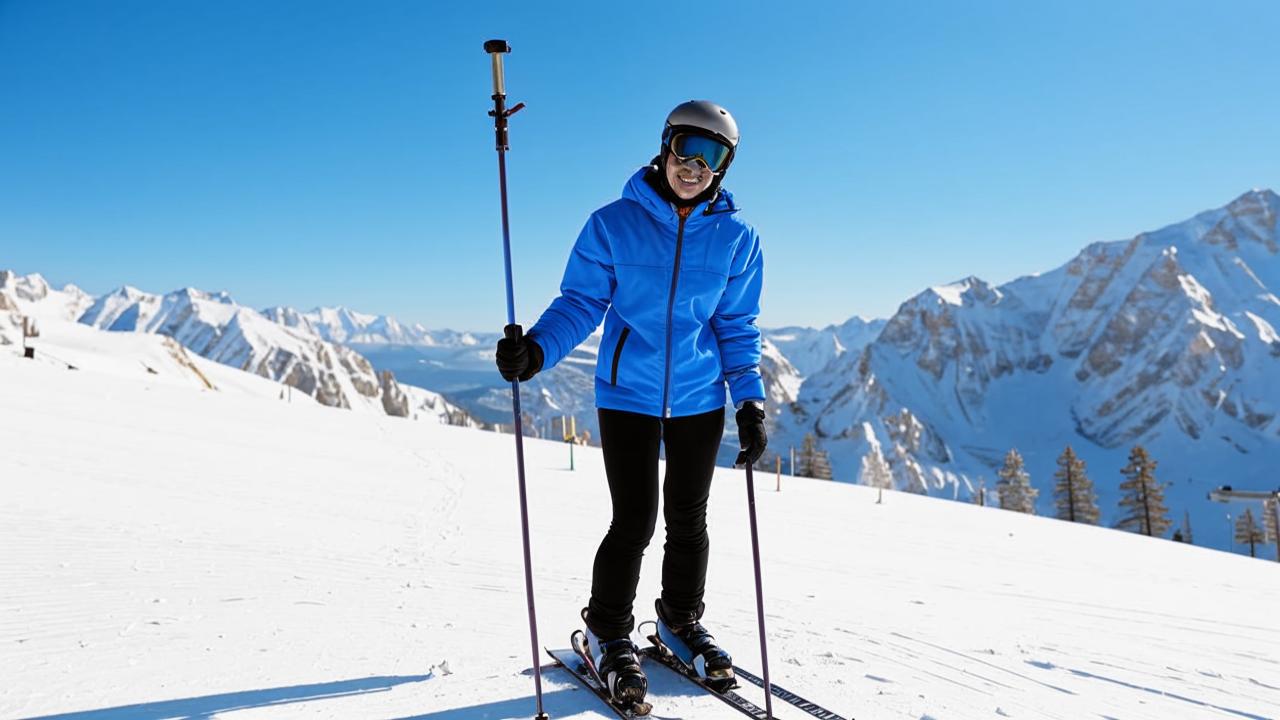
Theskate style – also called free style – began to be practiced in the 1980s. In 1981, Finnish skier Pauli Siitonen won a competition using an unusual technique: he left one ski in the piste and pushed off with the other. And in 1995, Swedish athlete Gunde Svan became the first world champion to win using a style of alternating pushing off with both feet and multi-directional gliding. The movements are similar to those of speed skaters – hence the name. This technique is more energy-consuming and technically difficult. And for safe skiing you need a special ground.
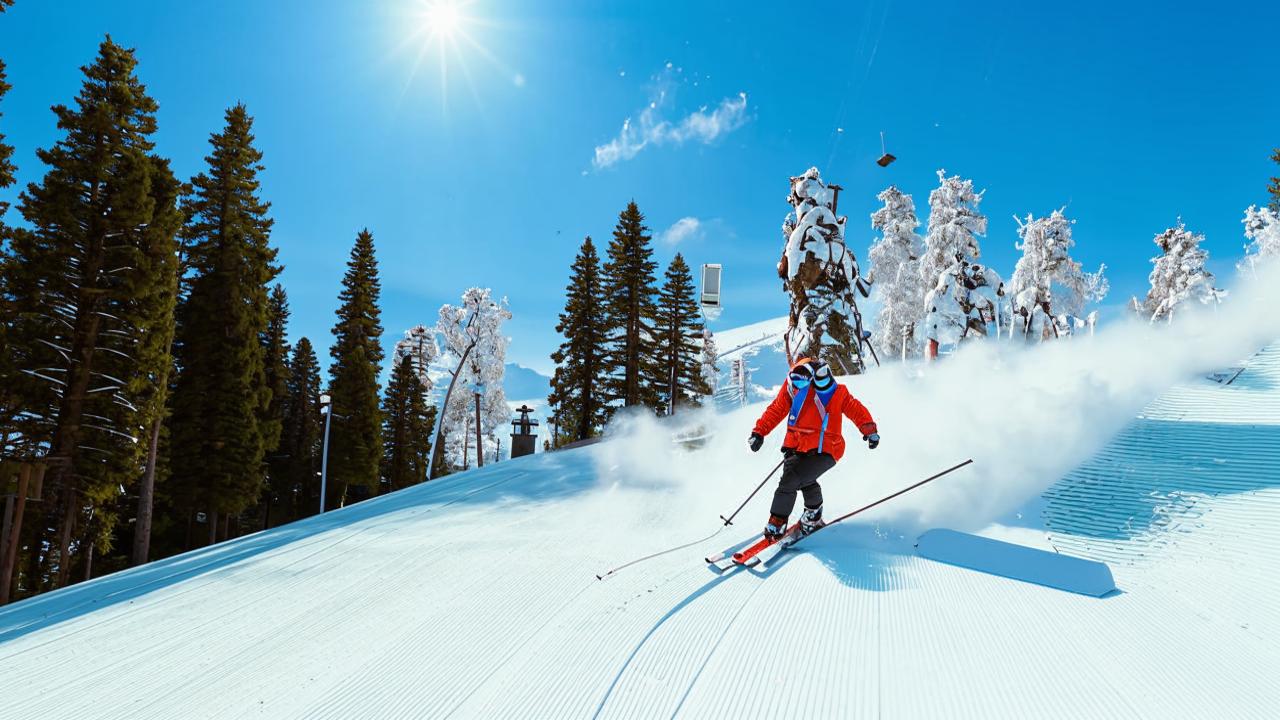
In addition to classic and skate skis, you can also find combined skis in the store. In fact, they are classic skis with reinforced stiffness, which allows you to use them for skate-style skiing. They allow you to save money and are a good choice if you are buying skis for the first time – you will be able to try both styles and decide which one you prefer. However, for more experienced skiers, combination skis are limiting: you won’t be able to get a full feel for the styles.
Match the pair to your height
It’s easy to calculate the length of skis you need. If you’re going for the classic version, add 20-30 cm to your height. If you want to try the skate style, add 10-15 cm. In the second case, the shorter the skis, the easier it is to maneuver them. That’s why beginners can choose shorter pairs.
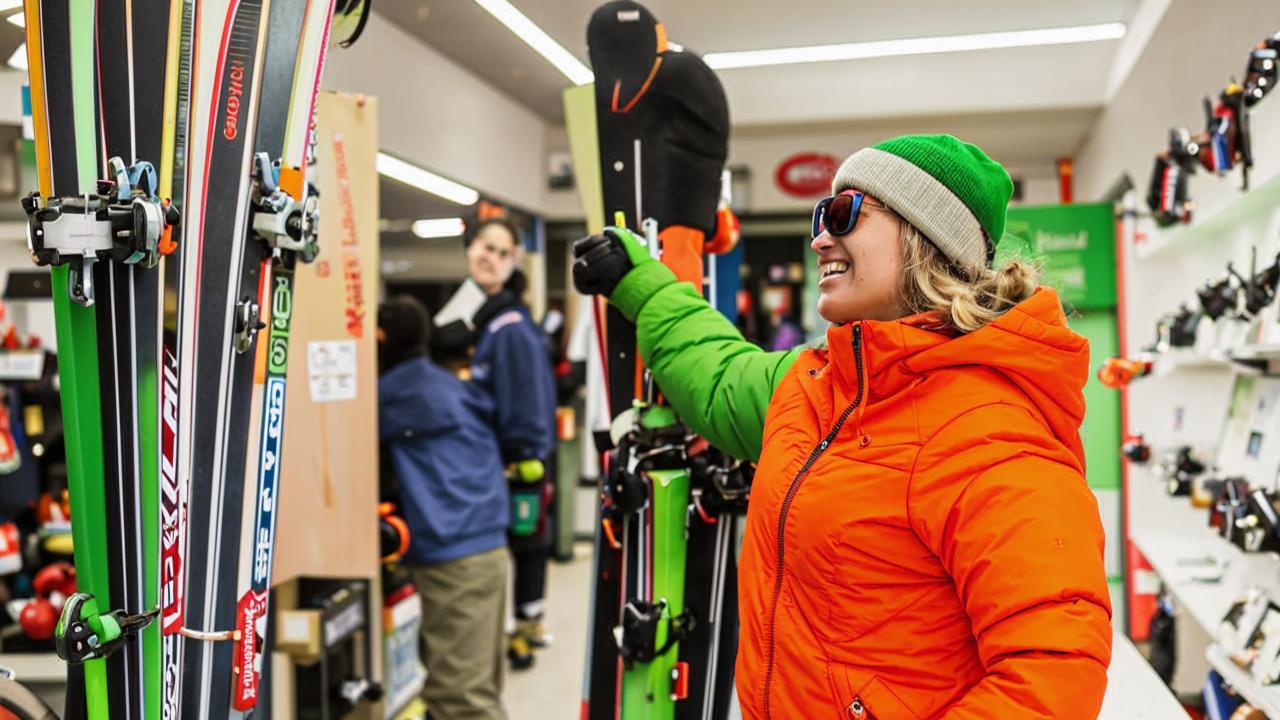
Combined skis are something between classic and skate. That’s why you should choose them on the basis of your height plus 15-20 cm.
Choose the stiffness
The stiffness is selected according to the skier’s weight using the appropriate markings on the equipment itself. As a rule, a weight range is indicated, e.g. 65-78 kg.
However, the markings are not always available. In this case, you can use a “paper” test.
- Find the balance point (you can do this with a thin ruler or by holding the ski with two fingers).
- Put the skis on the floor and stand on them so that the toes of your boots are on the balance line. Stand straight with your weight evenly distributed on both feet.
- Ask someone to swipe a piece of paper under the skis. If the A4 size extends 20-25 cm to the front of the boot and reaches the heel, you have chosen the right stiffness.
Check the quality of the ski
When choosing, you should pay special attention to several things.
- The skis should not curve longitudinally. You can check this by looking along the groove. If it is flat and there is no spiral bend, everything is fine.
- Look closely at the sliding surface – it should be flat. If you notice waves, bumps or pits, you should put the ski aside.
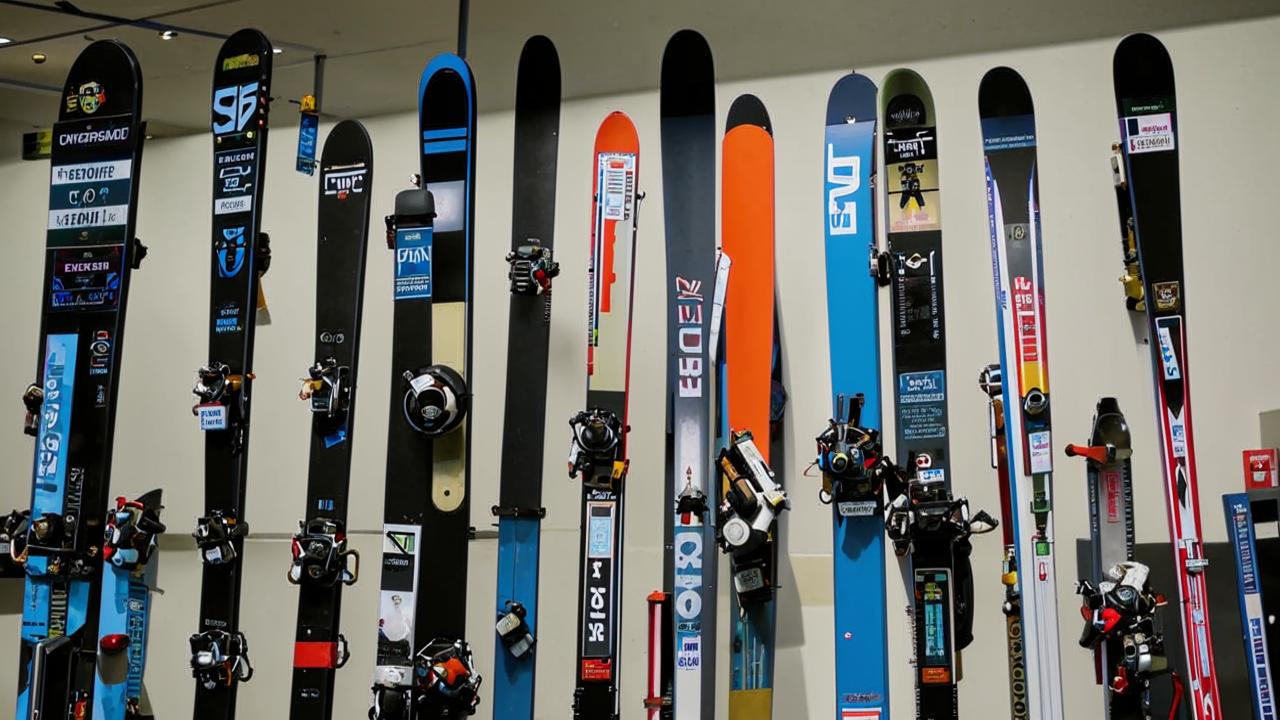
- Look carefully at the laminate. If the laminate is damaged, moisture can seep into the ski, the core will swell and the ski will quickly become unusable.
- Squeeze the skis. If they both compress equally and evenly, you can take them. If you see that one compresses more easily than the other, look for another pair.







